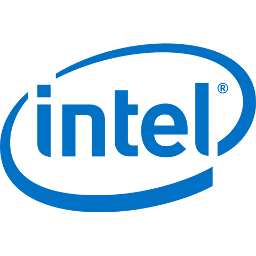


Developed the key Intellectual Property for the first product, developed a course on self timed circuits to bootstrap the hiring pipeline, developed a thorough value proposition through in-depth market research, wrote a grant to the NSF Seed Fund, developed a full three statement financial model to project viability of the business, and continuous networking for customer relationship and customer product validation.


Mentored and managed six team members. Three were promoted to leadership roles and are now managing small teams while owning and developing major subsystems of the product. Designed, and implemented a system for routing user requests in a large scale Content Distribution Network (CDN), a major feature required for final product functionality. Deployed the staging and production clusters with a cross-functional team finalizing the product allowing the rest of the engineering org to push updates to production through CI/CD processes.

Organized and mediated review of five major system architecture specifications as head of the Architecture Review Board. These systems formed the fundamental backbone of the final product. Analyzed steady state behavior of the content delivery scheduling system for optimization and led a significant effort that increased its scalability by two orders of magnitude. Designed and implemented the event processing system including real-time evaluation of 20 different KPIs and management of dataflow for analytics.

Developed the emoji picker in 2018 for chat.google.com including front and back end design. Designed and implemented a complete development environment and circuit library for self-timed circuits in 2016 with automatic test generation and mixed-signal simulation.

Invented a variety of self-timed multipliers, exploiting irregular data patterns for efficient solutions.

Design of tests and test coverage for the power controller of the Haswell architecture in 2012 and low level cache of the Ivytown architecture in 2011. Design and implementation of a static analysis tool to automatically generate tests from coverage reports.

Development of scripts and Java plugins to extend support for two computer forensics tools: RouterMarshal and P2PMarshal.

Implemented a variety of displays for scientific experiments in human perception that have since been published. Developed other tools including a program to help assign teaching assistants, a tool for analysis of bacterial cultures, and the website for the lab.